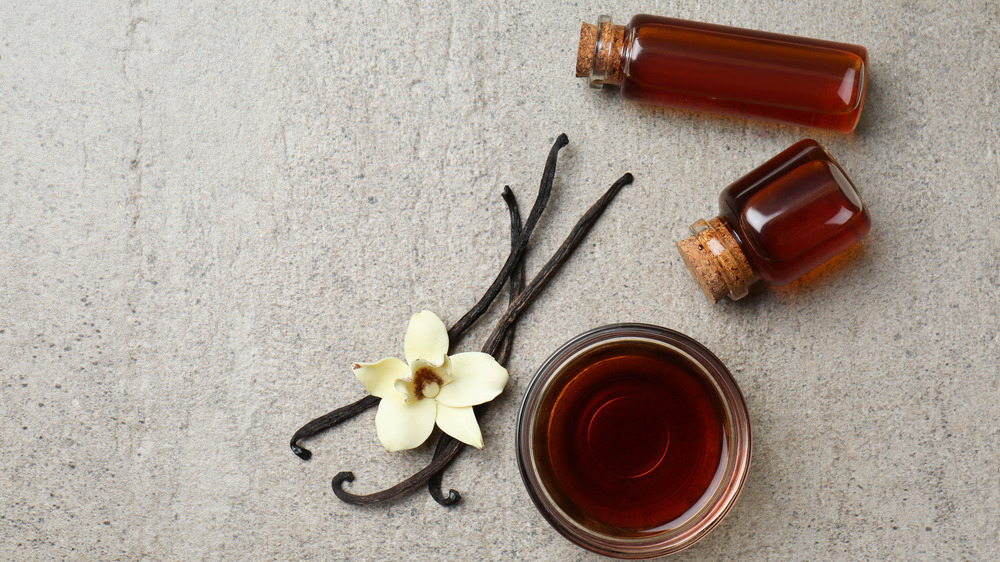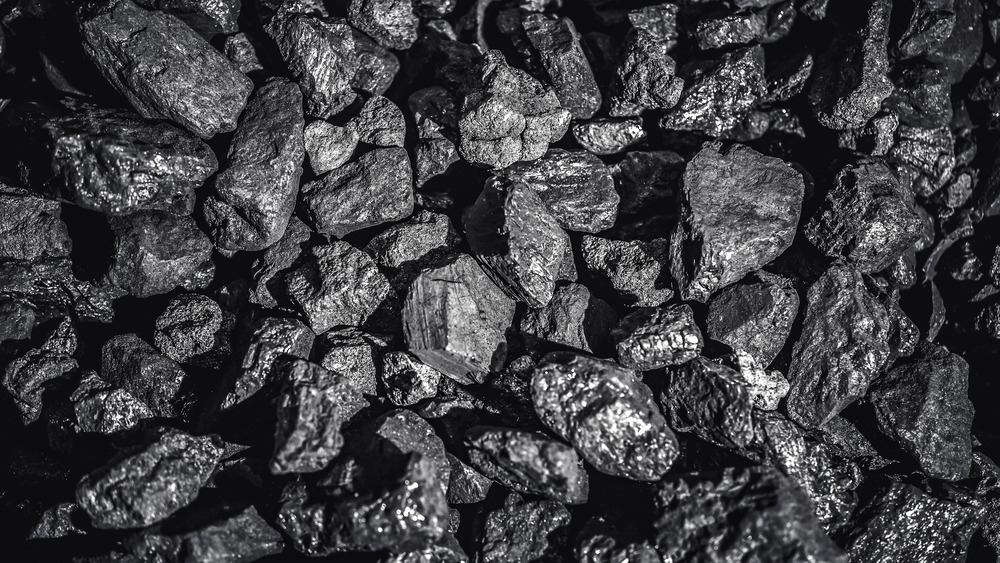The Shocking Ingredient In Artificial Vanilla Flavoring
Vanilla is one of the most popular flavors and it's put into just about every baking recipe and ice cream. According to Saveur, custard, panna cotta, white cake, and crème brûlée are just a few of the many recipes that get their flavor from the sweet, woody aroma of vanilla.
The sweet vanilla flavor everyone has grown to love comes from an orchid called vanilla planifolia. Saveur says the harvesting process can be time-consuming, and it can take a while before vanilla pods are ready for your pantry.
Vanilla originates from South and Central America where the orchid is able to grow, and today, most vanilla grows in Madagascar and Réunion (via National Geographic). National Geographic added that the long history of vanilla began in the 15th century and, given its popularity and complicated pollination, it has become the second priciest spice in the world. It is no wonder there are artificial vanilla flavorings.
Because of the expensive costs of pure vanilla, according to Insider, the chance of real vanilla being in your everyday packaged foods and ice cream is low, with synthetic vanillin being used instead.
Vanilla from a chemistry lab
Rather than pure vanilla bean, synthetic vanilla can be made in a lab to mimic the flavor of vanilla without all of the hard work it takes to actually harvest it (via Myrecipes). You might be surprised to learn that wood pulp and coal tar are key ingredients in making this "imitation vanilla."
You may be wondering how wood pulp and coal could possibly bring that delightful flavor to life, but vanillin is actually a natural flavor that can be also found in wood, according to Saveur. There are still many other chemical compounds — 160 to 170 — that go into making artificial vanilla, whether it is coal or wood pulp being used.
Due to vanilla being as widely popular as it is, artificial vanilla sells thousands of metric tons in any given year, according to National Geographic. It may seem weird to eat something knowing it is being made from wood, coal, or even beaver excretions, but National Geographic says it is not dangerous and FDA approved.

